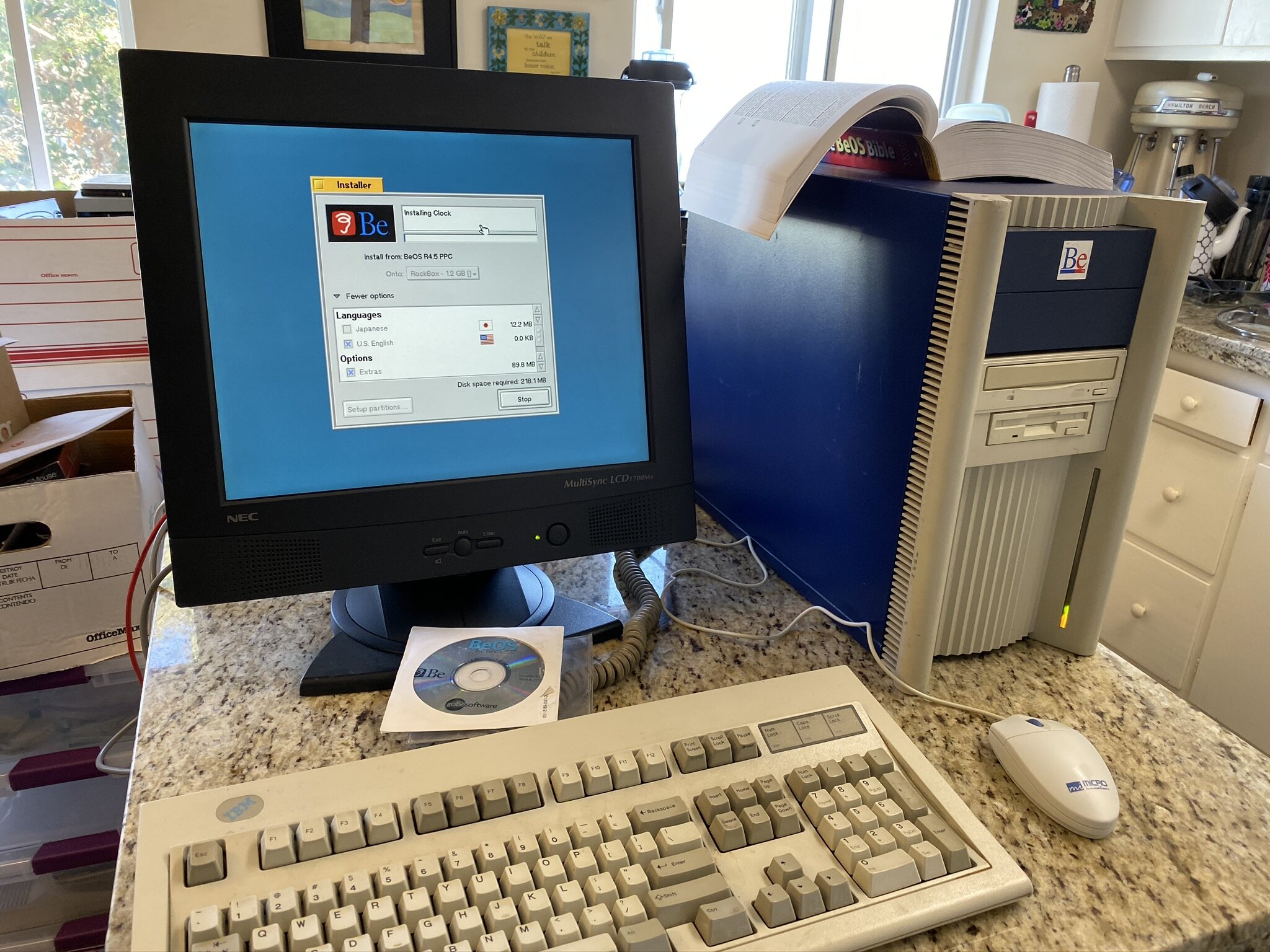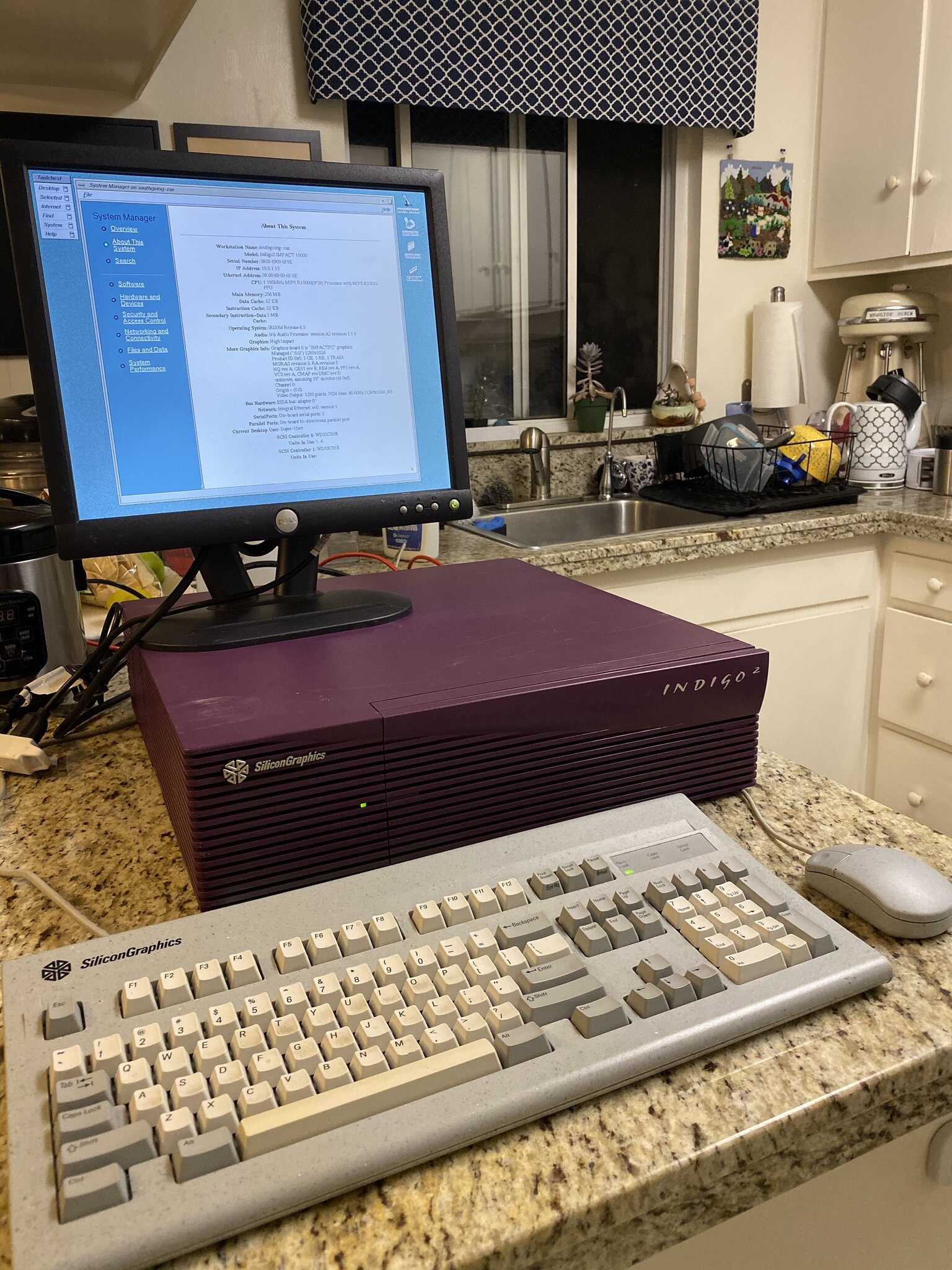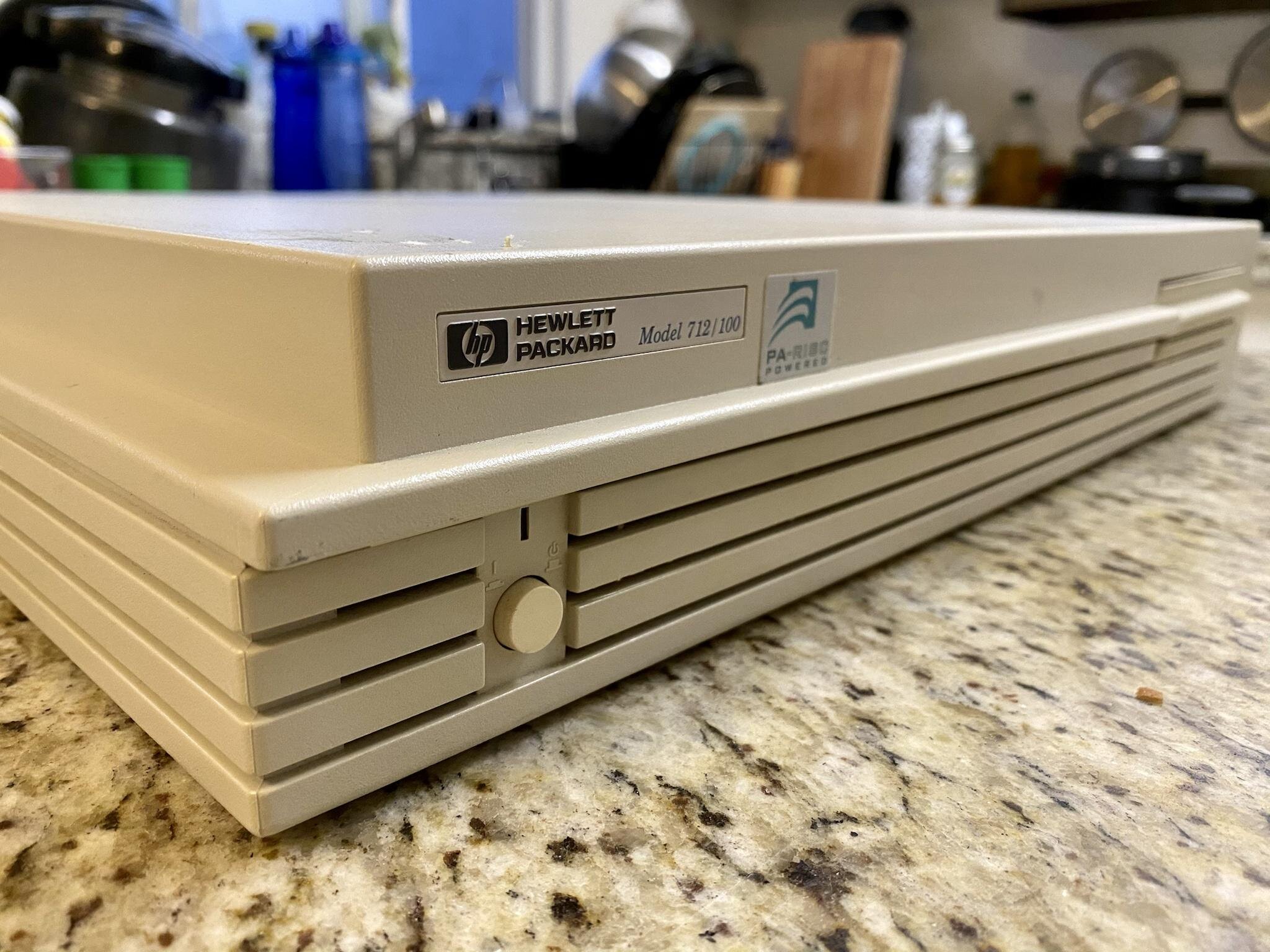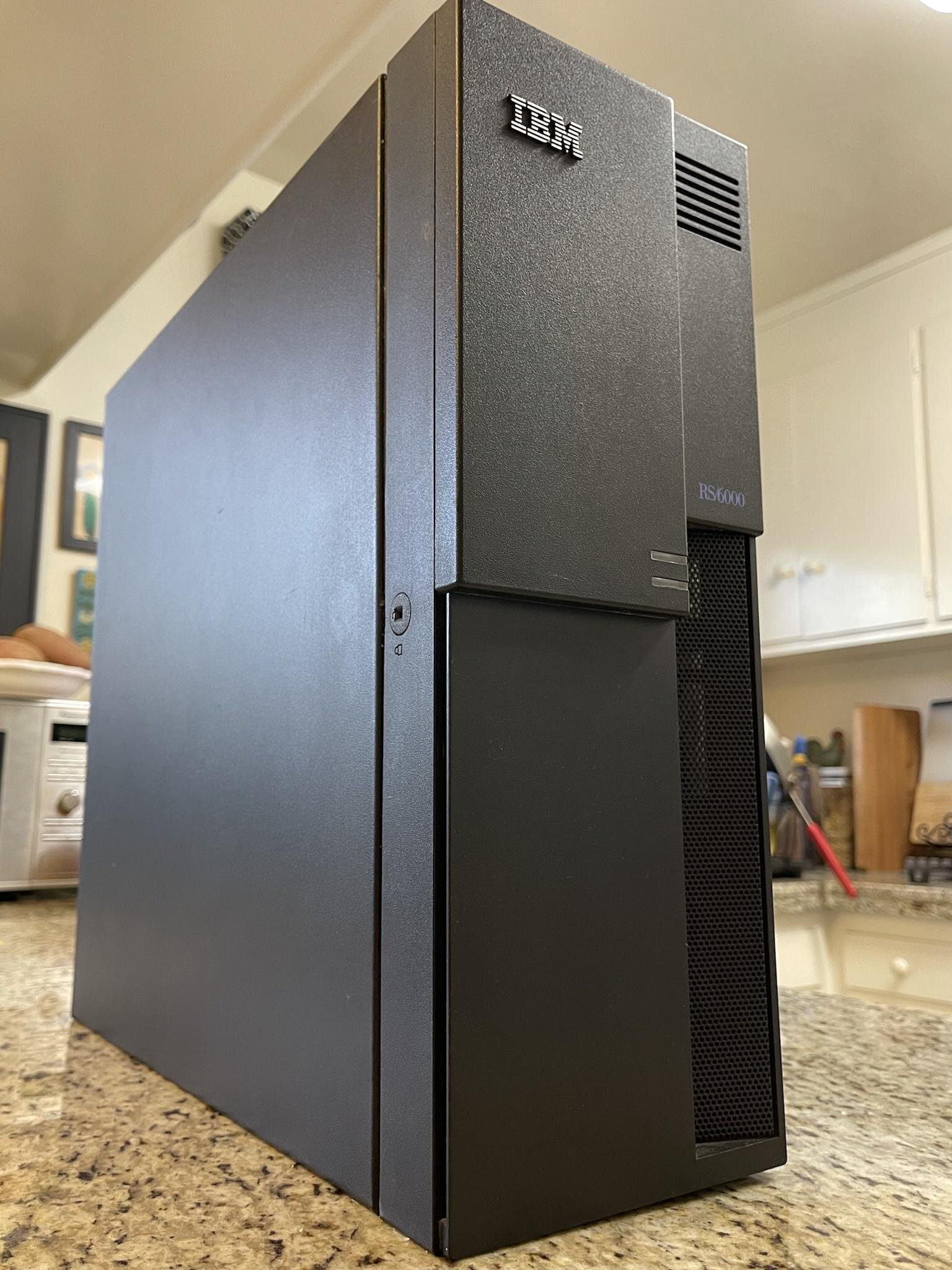UNIX: The Eternal Operating System
Initially launched in 1969 and developed for use on massive mainframe systems, Unix has birthed a vast ecosystem of variants, spin-offs, derivatives and look-alike operating systems. The Retro Roadshow is home to several workstations running various ‘flavors’ of Unix, along with some more esoteric systems that used a “UNIX-like” design to go in weird new directions.

Formed when a former Apple exec launched his own company, Be Inc. set out to reinvent the entire concept of personal computing for the 1990's. Initially taking an Apple or NeXT-style approach of building "the whole widget" (i.e., creating custom hardware and a bespoke operating system), Be built the BeBox desktop computer as the ultimate expression of their ethos: powerful computers running advanced, flexible software, all designed to allow makers to create amazing work. The Retro Roadshow's BeBox is an early 66MHz dual-CPU model, of which only ~1000 were ever built (and only a handful of which are known to still exist in working condition). It's unlikely that Be ever intended to sell these machines on the mass market - rather, they hoped that hackers and software developers would flock to these quasi-prototype machines to build amazing software... but sadly, this didn't happen to any significant degree. For a brief moment there was a chance that Apple was going to purchase Be and build their "next generation" operating system on top of Be's BeOS, but Apple opted to purchase Steve Jobs' NeXT and build on NeXTSTEP instead, and Be Inc. quickly faded from existence.

For nearly 40 years, Silicon Graphics Inc ("SGI") was at the bleeding edge of computing. SGI systems were never sold to the consumer market, and instead were aimed squarely at CAD engineers, movie studios, medical research centers, and other organizations that needed the absolute pinnacle of graphical horsepower. The Retro Roadshow is proud to feature an SGI Indigo2 "Impact 10000" workstation running SGI's UNIX-variant called IRIX. This machine would have been near the top of SGI's product line in the mid-1990's, and as equipped, would have sold for nearly $80,000. Machines in this product family were notably used to create the stunning dinosaur effects in "Jurassic Park," and were even used on-screen in that film - our Indigo2 will happily run the same 3D file-navigation system used in the memorable "This is Unix, I know this!" scene from that film.

While SGI was busy leading the market for ultra-high-end graphics workstations, Sun Microsystems was focused on developing Unix-based servers and workstations for general-purpose applications - CAD, network administration, etc. The Retro Roadshow is home to a Sun Blade 150 workstation, which is equipped with a "SunPCi" expansion system. This allows the machine to run Sun's own "Solaris" Unix variant on the Sun UltraSPARC CPU, and run Windows 98 or XP on a Cyrix x86 CPU, and run Apple's Mac OS 7.1 via emulation... all on the same machine at the same time.

Hewlett-Packard had a decades-long run of Unix-based desktop workstations, including this rare HP 712/100 "pizzabox" machine. Not only could these machines run HP's own "HP-UX" Unix-like operating system, they were also one of the few officially-approved 3rd-party platforms which could run NeXT's OpenStep operating system.

The Retro Roadshow is home to an IBM RS/6000 "43p Model 150" workstation, affectionately known as "The Monolith." Built around the same PowerPC 604 CPU that Apple used to drive its own PowerMac line for several years, this late-90's workstation would have been used for systems administration, CAD and other tasks requiring high-end hardware and Unix compatibility - in this case, via IBM's own "AIX" variant.